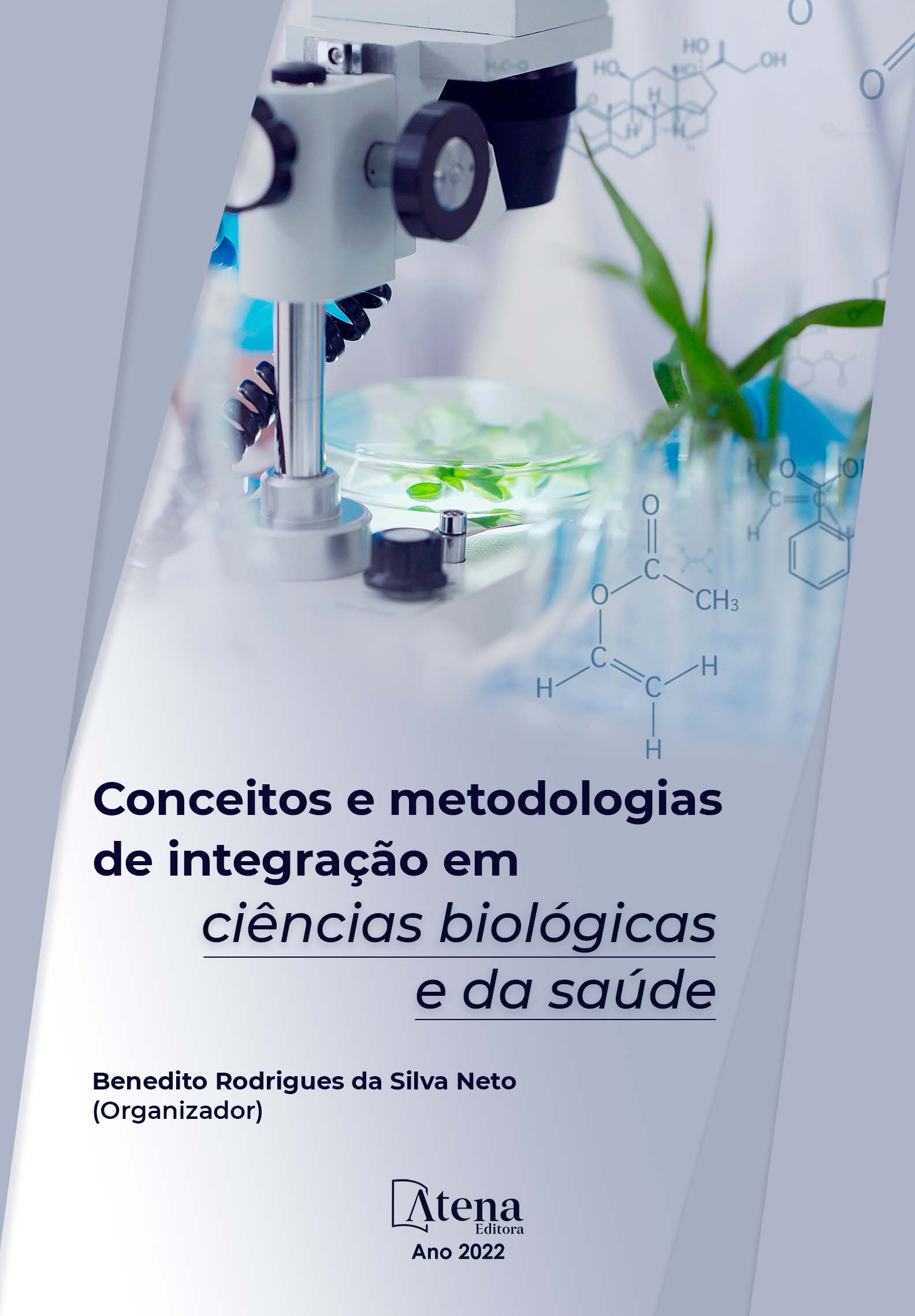
TELEATENDIMENTO MULTIPROFISSIONAL NO CUIDADO DE PACIENTES COM DISFUNÇÃO TEMPOROMANDIBULAR: UM RELATO DE CASO
As disfunções temporomandibulares (DTM) são caracterizadas por dor craniofacial envolvendo a articulação temporomandibular, músculos mastigatórios e/ou estruturas associadas. É uma condição frequente na população e que pode impactar em atividades simples como falar e se alimentar. Devido às demandas que foram impostas pela pandemia, a utilização de tecnologias remotas como o teleatendimento foi a alternativa para oferecer assistência a pacientes com esta condição. Este relato tem como objetivo demonstrar os benefícios proporcionados pelo teleatendimento interdisciplinar da Fisioterapia e Odontologia a pacientes com DTM. O tratamento consistiu na conscientização sobre a disfunção temporomandibular, relaxamento muscular, fortalecimento da musculatura mastigatória e orientações sobre o automanejo da dor. Os resultados obtidos foram a regressão da sintomatologia e uma melhora na qualidade de vida, apontando o teleatendimento como uma possibilidade viável e eficaz na abordagem de pacientes com disfunção temporomandibular, na impossibilidade do atendimento presencial.
TELEATENDIMENTO MULTIPROFISSIONAL NO CUIDADO DE PACIENTES COM DISFUNÇÃO TEMPOROMANDIBULAR: UM RELATO DE CASO
-
DOI: 10.22533/at.ed.6222220019
-
Palavras-chave: Disfunção temporomandibular, teleatendimento, multiprofissional, educação em saúde
-
Keywords: Telehealth, Temporomandibular disorders, multiprofessional, health education
-
Abstract:
Temporomandibular disorders (TMD) are characterized by craniofacial pain involving the temporomandibular joint, masticatory muscles and/or associated structures. It is a common condition in the population and can impact on simple activities such as talking and eating. Due to the demands that were imposed by the pandemic, the use of remote technologies, such as telehealth, was the alternative to offer health care services to patients with this condition. This report aims to demonstrate the benefits of interprofessional telehealth provided by Physiotherapy and Dentistry to TMJ patients. Treatment consisted of education about temporomandibular disorders, guidance on muscle relaxation, strengthening of the masticatory muscles and self-management of pain. The results obtained were the regression of symptoms and an improvement in quality of life, indicating telehealth as a viable and effective possibility in the management of patients with temporomandibular disorders, when face-to-face assistance is not possible.
-
Número de páginas: 8
- Anne Karoliny Amparo Cardoso
- Natália Wandekoeken Silvestre
- Cintia Helena Santuzzi
- Dhandara Araújo de Sousa
- Fernanda Mayrink Gonçalves Liberato
- Carlos Henrique Cardoso Sarcinelli


